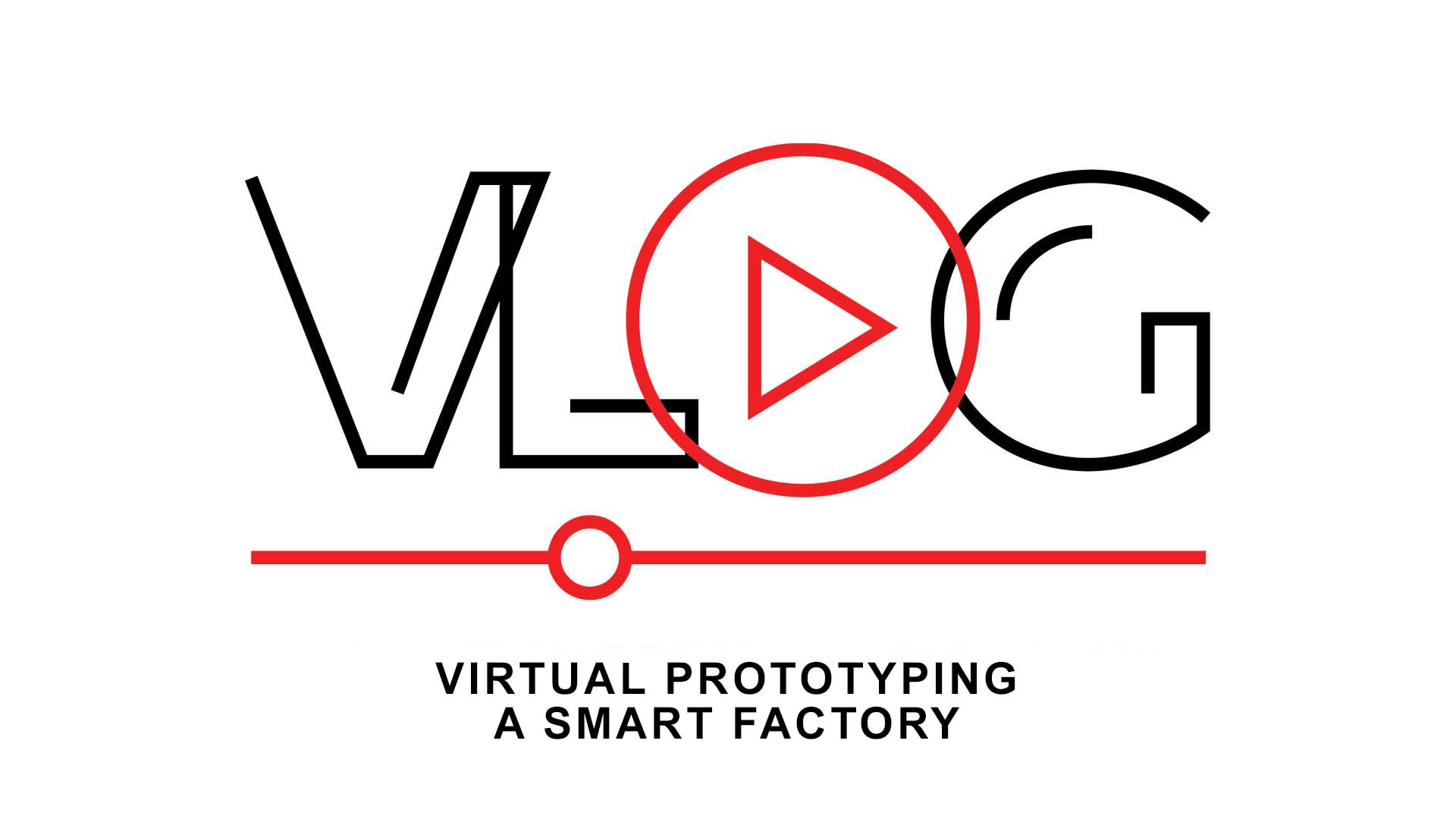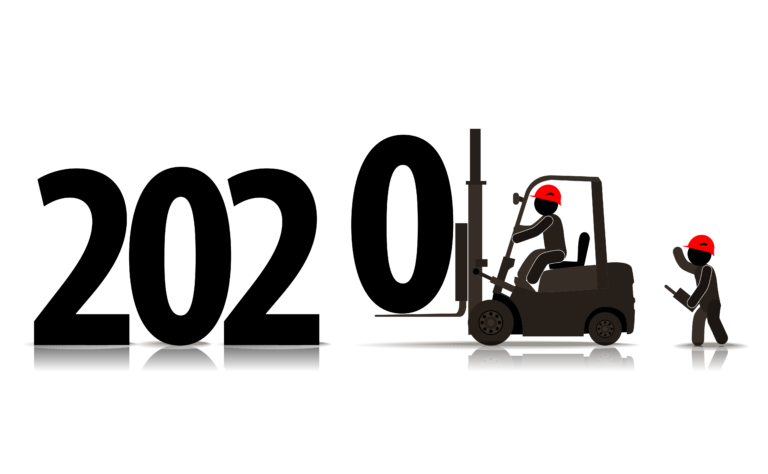
In today’s smart manufacturing initiatives, everybody’s talking about streaming data from equipment into the cloud and performing analysis, but how do you know if it will work? Let’s talk about virtual prototyping a production system. Hey there, and welcome. If you’re interested in getting more guidance and insight on technology-led initiatives, hit the subscribe button below, and you can get all of our updates on our channel or our company page.
How do you verify that your connected equipment on your shop floor or production system will actually give you the insight that you really want? How do you make sure it will work as expected? We’re going to talk about that now.
First, we need a little bit of context about how this works first. To start with, you have an existing physical production system, maybe a new physical production system. The idea here with smart manufacturing and connected equipment is that you’re streaming data off of the different pieces of equipment in your production system, right? This comes from sensor data and you stream it up into some type of, usually an IoT type of solution. A lot of times this is in the cloud. It doesn’t have to be, but you have this sea of data that you then perform analytics for.
Now, you can use AI machine learning, artificial intelligence in machine learning, but you don’t have to. You can perform manual types of analysis and analytics to find anomalies. You can correlate those to events, that you want to avoid, related to product quality or throughput or lots of other types of goals and objectives. So this type of model works well. A lot of organizations are exploring this today. They’re making it work. They’re getting value back out of it. There’s no doubt about that.
However, there’s a bit of a challenge. How do you know if it’s going to work before you get the physical production system setup, right? So you’re talking about this big investment in terms of design, planning, installation, commissioning, all before you have an inkling if this connected situations going to work. So how do you address that? This is where simulations of your production system can come into place. Let me show you how that works.
Instead of having a physical production system, what you instead have on the front end is a digital simulation that emulates your production system. This is a digital representation; it’s a simulation. This kind of works like a diagram. A flow diagram, with information flowing from one block to another, which is roughly equivalent to the different pieces of equipment that you have on your manufacturing floor. Then, you can instrument that simulation with virtual sensors and you stream virtual sensor data to your IoT platform. This can be done very early on, and we’re talking about a digital representation.
So this is the scenario where, basically, a digital thing replaces the physical thing and you can test it out. Now there are lots of interesting advantages and benefits to this approach. In the morning, you can do it super early, right? So you can setup a little mock-up. You can screen data to your IoT solution. Your IoT solution doesn’t necessarily care where the data comes from, right? You can kind of mock that up and go through trial runs. You can see, where should we have sensors? Then, you can explore that and you can see what example data would look like. You can start to figure out that this is way too much data for us to manually analyze with the analytical tool.
We need to have AI involved ’cause it’s this sea, we’re overwhelmed with data. We can’t catch the anomalies ourselves or you can say, hey, this isn’t much data or you can say, hey, you know what, we need to process data at the edge instead of streaming it all the way to the cloud. Put technology on the edge, process the data there, look for anomalies and then send information about the anomalies to the cloud instead. So this is a prototyping tool.
It’s a prototyping setup that will allow you to verify and validate the configuration and the connectivity between your production system and your IoT solution. Your IIoT solution will work together and you’ll get out of it what you want. It’s funny how this kind of mirrors what a lot of engineering organizations had been doing, and continue to do, with the digital prototype. You conduct simulations of a design long before you ever get to physical prototype and testing or production. So it’s a pretty sound philosophy or approach that you can employ. That’s it, take care, talk soon.






